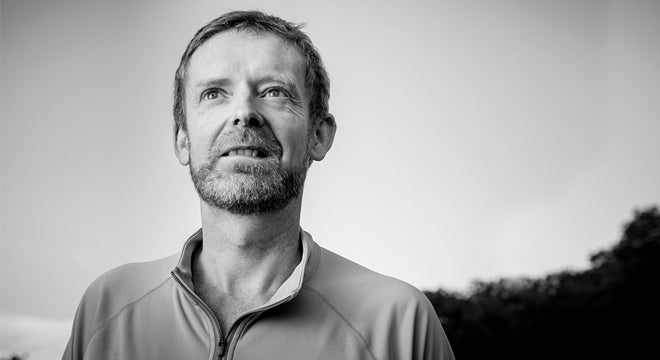Ordinary Heroes: Never Mono a Bolt Hanger—Unless You're Saving Someone's Life

"HPYardley"
Note: This is part four of a 10-part story, which will be released weekly. Visit Ordinary Heroes to find the other parts as they are released.
Unless you’re part of a search and rescue team, you don’t head out for the day expecting to be thrust into a life-or-death situation. Heroism, like the accidents and epics that might prompt it, is something you can’t plan for.
Yet because of experience and training, innate ability and fortitude, or just instinctive reactions in moments of crisis, average climbers can respond to deadly emergencies in extraordinary ways. With courage, calm, stamina, strength, and ingenuity, on a day when nobody expected anything but the simple pleasures of climbing, they end up saving a life.
What would you do in a similar situation? How would you perform? Research psychologists have determined that heroes share a few common traits: Many are open to new experiences, dependable and disciplined, extroverted, compassionate, and emotionally secure. They usually have strong feelings of morality and responsibility. In addition, according to a 2012 article in the Wall Street Journal, “Heroes tend by nature to be hopeful, believing events will turn out well. They consciously try to keep fear from hampering their pursuit of goals, and they tend to block out the possibility of injury or material loss.” They sound a lot like climbers.
We combed through dozens of stories of climbers helping other climbers to find the five amazing examples reported here. Hopefully you’ll never have to respond to a similar crisis. But if the proverbial shit hits the fan, it just might help to know that other climbers have been there before.
Part 4: Out of Thin Air
Nick Yardley
Rumney, New Hampshire
Early 1990s
Everyone’s heard the story about a distraught mother lifting a car off her baby pinned underneath. Hoisting a falling climber back up onto a ledge comes pretty close.
The Scene

Back in the early days of sport climbing, around the late 1980s and early ’90s, lowering anchors—if they existed at all—often were placed over a cliff on a nearby tree or boulder. Climbers still had the traditional mentality of topping out a route, and many climbers set up topropes from above, extending the anchors over the edge with slings. Such was the scene at the 5.8 Crag at Rumney, the first real sport climbing area in New Hampshire, when Nick Yardley went out for a day of casual cragging. A native Englishman, Yardley had emigrated to the U.S. in 1986 to work as the head guide at the International Mountain Climbing School in North Conway. He also volunteered as a leader of the local Mountain Rescue Service. As he said, “I got to do a lot of rescues and picked up some broken bodies, but the most profound life-changing moment happened that day at Rumney.”
As Yardley finished a lead of Romancing the Stone (5.10), he stepped onto the narrow ledge at the top and prepared to clip the anchor at the back of the ledge, about waist high. A few feet to the left, at head height, was the anchor for Milk Snake (5.10). A college student had hiked to the top of the cliff and rigged a toprope through this anchor. Now she prepared to rappel the overhanging wall to the ground, about 60 feet below. As she backed up to the edge and began to lean over, Yardley and she both noticed simultaneously that she had only clipped one strand of the rappel ropes and was about to freefall to the deck.
Yardley remembered: “You could just see it in her eyes: ‘Oh my god, I fucked up!’”
The Response
As the slim girl—Yardley estimated her weight at 110 pounds—teetered on the edge of the cliff, Yardley jammed two fingers of his right hand into one of the rings on the anchor bolts in front of him and simultaneously reached across with his left hand, grabbed the belay loop on the woman’s harness, and yanked her back onto the ledge. “It wasn’t a Herculean effort—I just had to change her center of balance,” he said. Nonetheless, he added, “I almost slammed her face right into the rock by the anchor.”
Yardley would have taken a monster fall if he hadn’t been able to keep the girl from pitching off, but he was still on belay and likely would have been fine. But he has no doubts about what would have become of her. “It was black and white,” he said. “If I hadn’t done that, she would have died. If I did it, she lived. The line between life and death is very fine, and that hit home so hard that day.”
Afterward
Amazingly, Nick Yardley never got the young woman’s name after he saved her life, nor has he ever heard from her. “We didn’t say much,” he recalled. “We both shook and dry-heaved and nervously went our own way. I headed to another cliff—I just wanted to boogie. I was feeling sick.” Modern sport climbing anchors have been installed on Romancing the Stone. The route Milk Snake is rarely climbed today and still has traditional anchors set back from the top.
Think that was Nick Yardley’s only hero moment? Think again (and read this.)